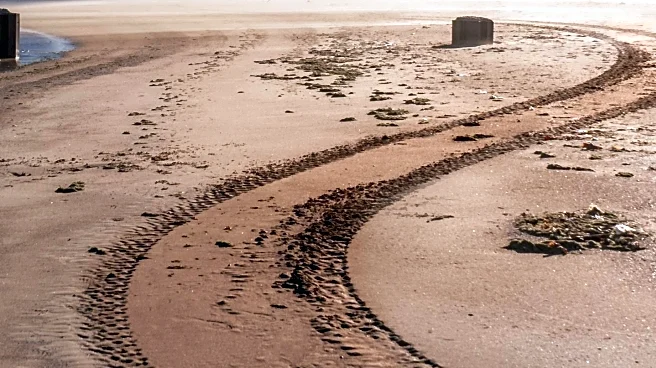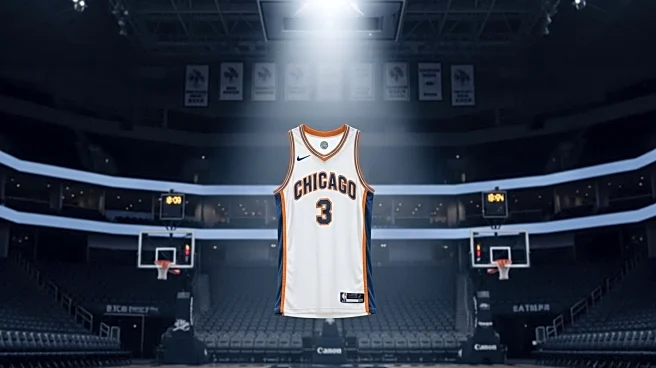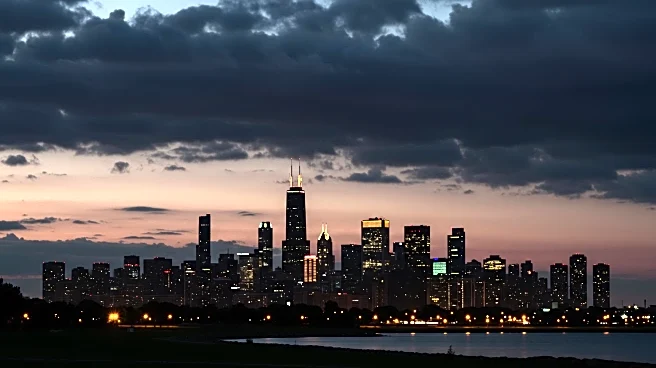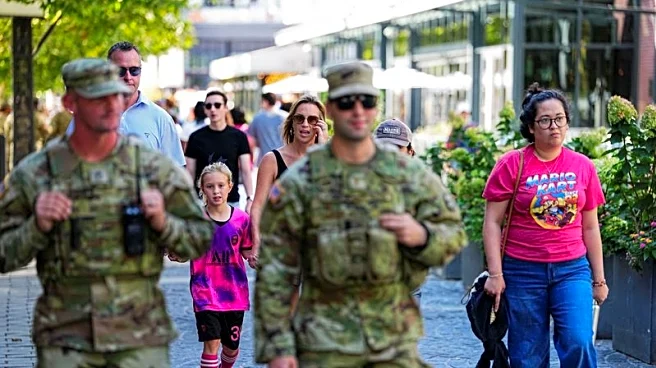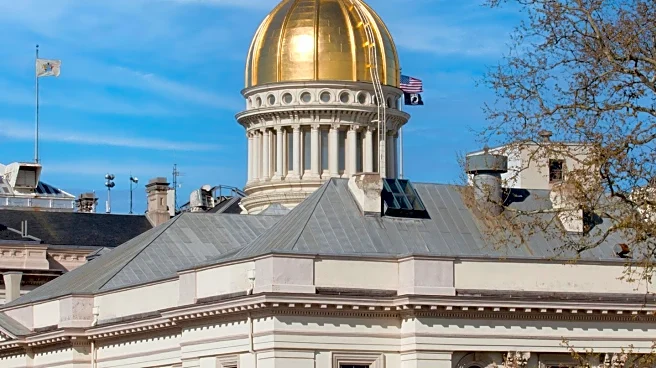What's Happening?
The Chicago Triathlon took place with thousands of participants engaging in swimming, cycling, and running events across the city. The triathlon began with swimming in Monroe Harbor, followed by cycling along DuSable Lake Shore Drive, and concluded with a run through Columbus Drive. Concurrently, efforts to restore Illinois' prairie lands are underway, with the launch of the RELIX database by researchers from the University of Illinois Urbana-Champaign. This database aims to catalog plant species in 353 prairie remnants, enhancing the restoration of native grasslands that were not converted to farmland during colonization.
Why It's Important?
The Chicago Triathlon is a significant event that draws attention to the city's vibrant community and athletic spirit, boosting local tourism and economy. The prairie restoration efforts are crucial for biodiversity conservation, aiming to restore native ecosystems and support environmental sustainability. These initiatives reflect broader societal values of health, community engagement, and environmental stewardship, impacting local policies and conservation strategies.
What's Next?
Future steps may include further development of the RELIX database to include more prairie remnants and species, potentially influencing conservation policies and funding. The triathlon's success could lead to increased participation and sponsorship in subsequent years, promoting Chicago as a hub for major sporting events. Stakeholders such as environmental groups and local government may collaborate to enhance restoration efforts and support community events.
Beyond the Headlines
The prairie restoration project highlights the importance of preserving natural habitats amidst urban development, raising ethical considerations about land use and conservation. The triathlon showcases the cultural significance of sports in fostering community identity and promoting healthy lifestyles, potentially influencing urban planning and recreational policies.
